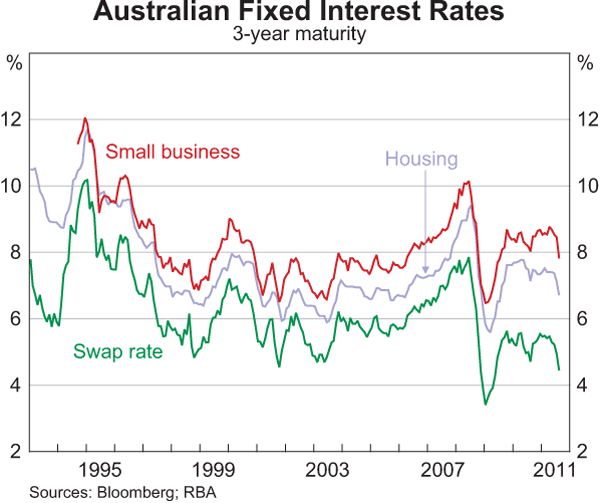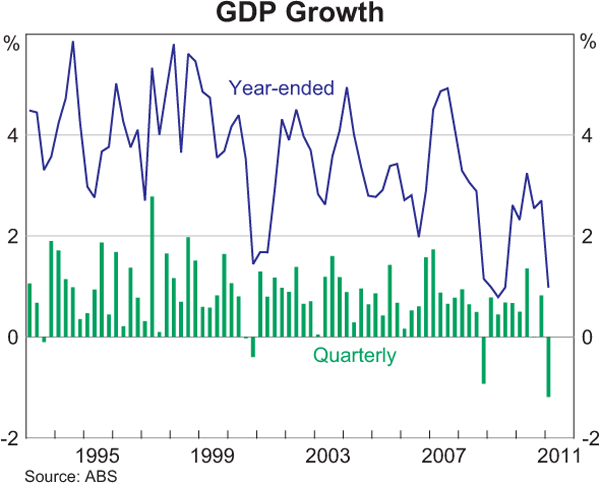The question has been legitimately raised, as fixed interest rates fall, is now the right time to re-finance? This week, housing finance results showed a bounce for refinancing, primarily driven by QLD:
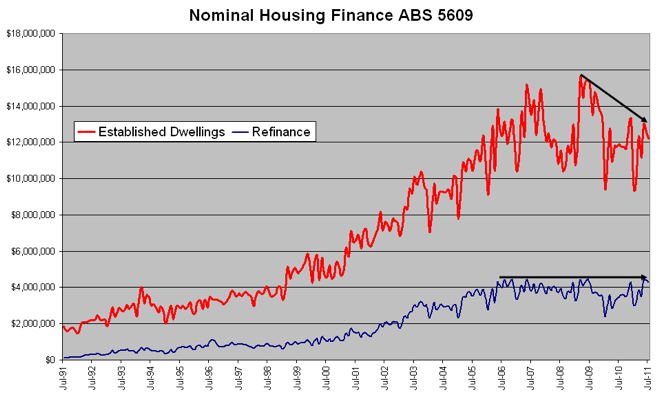
Interestingly, visual analysis of the nominal levels shows a stall in refinancing, whilst established dwelling lending (i.e buying houses off each other) has also reversed its “inexorable” rising trend.
The question to answer, however, is micro, not macro – why should anyone refinance and for what reasons? The main reason in the past has been the so-called “Equity ATM”, or as the CBA put it “Equity Mate!” A simple process – your once high Loan to Value Ratio (LVR) mortgage has now dropped as house prices rise nominally, whilst your (perceived) ability to service a larger mortgage has increased. So out comes the ATM card and in comes the new kitchen, 4WD, holiday, or worse – buying some shares.
It appears this process is over as the total debt to GDP ratio and the interest payable by households (approx. 12% seems to be the limit) has also stalled (these charts are from today’s released RBA Chart Pack)
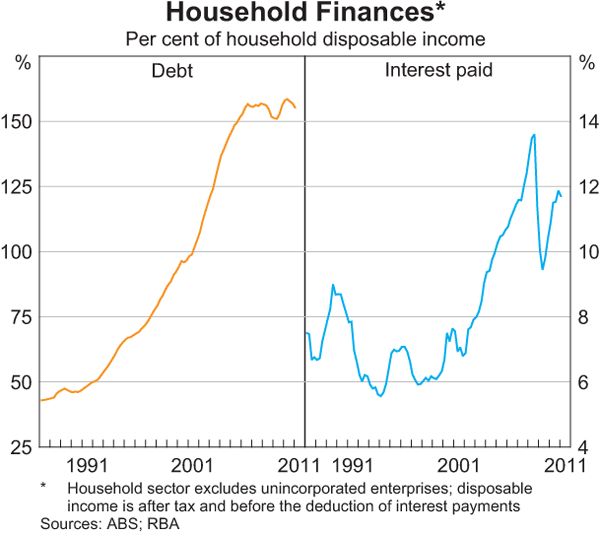
A secondary reason to refinance is to take advantage of lower rates, either because your initial loan had a “teaser” rate (e.g first year was 50 to 100 basis points below the standard variable rate) or the structural environment in interest rates had changed. Approx. 90% of Australian mortgagees have a variable loan, so this reason is usually minor in nature, as the RBA pulled and pushed levers to set your rate for you.
However, we now face an uncertain and changing future, whereby most developed nations are either on the road or about to take the exit to ZIRP or near ZIRP (zero interest rate) policies.
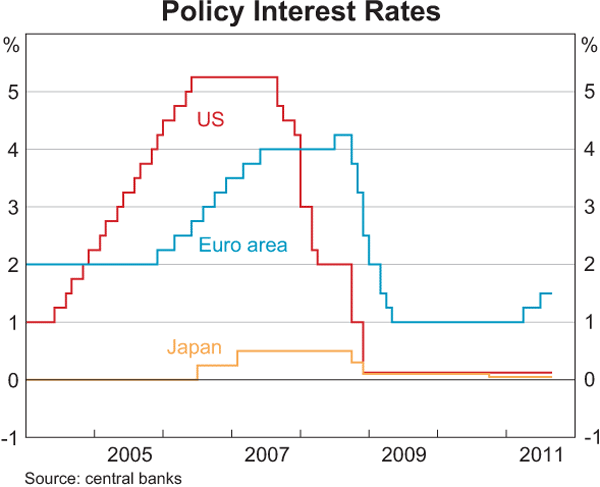
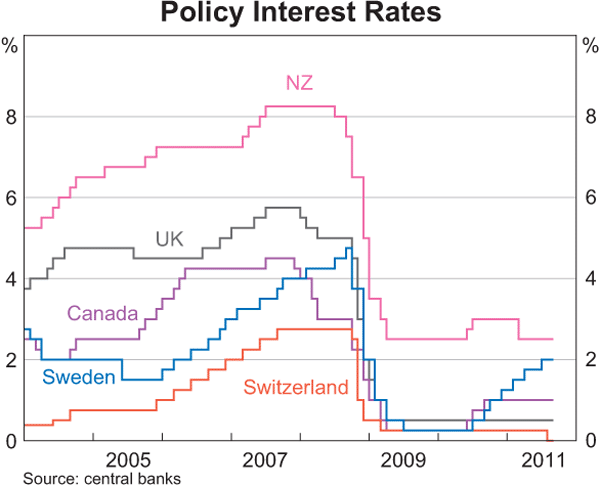
As the RBA and the politico-housing complex has shown repeatedly, any extraordinary measures to reduce interest rates must be temporary and fleeting at best so that “inflation” can be contained. If this means slugging wage earners with higher mortgage costs to “cool” the economy, so be it, even though it is wage inflation itself that can be heartily used to reduce the overburden of indebtedness.
Note in the charts above that once interest rates were slashed significantly, the RBA was resolute in tightening again, whilst other nations held back. Also note that both the nominal cash rate and the real cash rate (adjusted for “inflation”) remain at historically low levels, even after the tightening.
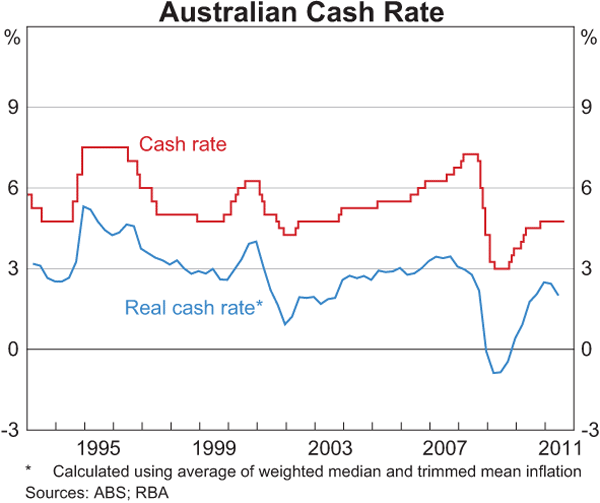
The savvy mortgagee needs to take these macro concerns and account for the probability of higher and lower rates. Drastically higher rates by the RBA – to tackle the inflation dragon and to satisfy the bullhawks frothing and handwaving – are unlikely but possible, particularly with record capital expenditure and booming mining incomes.
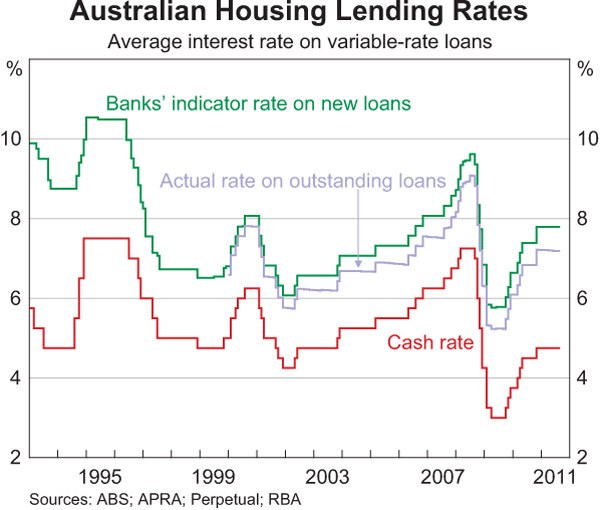
So, back to the micro. Immediately following the RBA’s decision to hold on interest rates on Tuesday, both the Commonwealth Bank (11 to 16 basis points on 1 to 3 year) and St George came out with reductions in their fixed rate mortgages:

Peter Fraser from Brisbane Business Finance, says there are other options, including splitting a loan into fixed and variable “shandy” mix (50% each):
The Rock Permanent building Society is offering 5.99% fixed for 12 months so anyone who took that would hardly be harming themselves financially for the next year. Others like ING are offering 6.39% for 1, 2 and 3 years with variables of 6.89% there are plenty of good rates out there.
There are other costs from refinancing of course, a new application fee and in some cases a valuation fee. And here we come to the rub. In a time of falling house prices, a new valuation may be a shock for some expecting to access the home ATM. Another problem is that most fixed products do not allow for additional payments (thus negating the advantage of a lower rate, unless you are doing so for cashflow, not wealth robustness reasons). Finally, anyone contemplating refinancing at a lower rate must always budget for a 200 bps minimum increase on that rate.
Having said all that, fixed rates are near historic lows, and this may only be a temporary lull, even if the market is forecasting a short term drop in rates.
